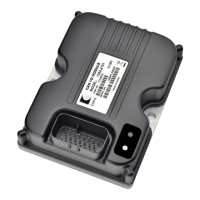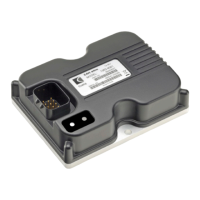What causes PDO timeout on Curtis Control Unit?
- HharrislaurenSep 4, 2025
A PDO Timeout on the Curtis Control Unit occurs because a PDO from the master hasn't been received within the timeout period. The suggested solution is to ensure a new PDO is received within the proper timing.


